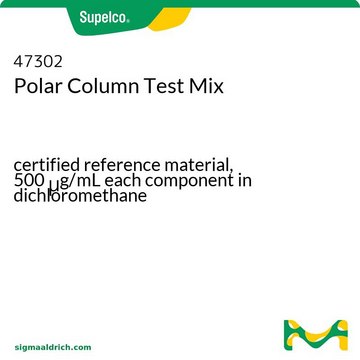About This Item
Produtos recomendados
linha de produto
ReagentPlus®
Ensaio
≥99%
forma
crystals or chunks
pf
248-261 °C (lit.)
cadeia de caracteres SMILES
[Na+].[O-]Cl(=O)=O
InChI
1S/ClHO3.Na/c2-1(3)4;/h(H,2,3,4);/q;+1/p-1
chave InChI
YZHUMGUJCQRKBT-UHFFFAOYSA-M
Procurando produtos similares? Visita Guia de comparação de produtos
Categorias relacionadas
Descrição geral
Aplicação
It may be used in the synthesis of chlorine dioxide and sodium perchlorate. It may also be employed as a sulfation inhibitor in the culture medium of HepG2 cells ((human hepatocellular liver carcinoma cells).
Ações bioquímicas/fisiológicas
Informações legais
Palavra indicadora
Danger
Frases de perigo
Declarações de precaução
Classificações de perigo
Acute Tox. 4 Oral - Aquatic Chronic 2 - Ox. Sol. 1
Código de classe de armazenamento
5.1A - Strongly oxidizing hazardous materials
Classe de risco de água (WGK)
WGK 2
Ponto de fulgor (°F)
Not applicable
Ponto de fulgor (°C)
Not applicable
Certificados de análise (COA)
Busque Certificados de análise (COA) digitando o Número do Lote do produto. Os números de lote e remessa podem ser encontrados no rótulo de um produto após a palavra “Lot” ou “Batch”.
Já possui este produto?
Encontre a documentação dos produtos que você adquiriu recentemente na biblioteca de documentos.
Os clientes também visualizaram
Nossa equipe de cientistas tem experiência em todas as áreas de pesquisa, incluindo Life Sciences, ciência de materiais, síntese química, cromatografia, química analítica e muitas outras.
Entre em contato com a assistência técnica










